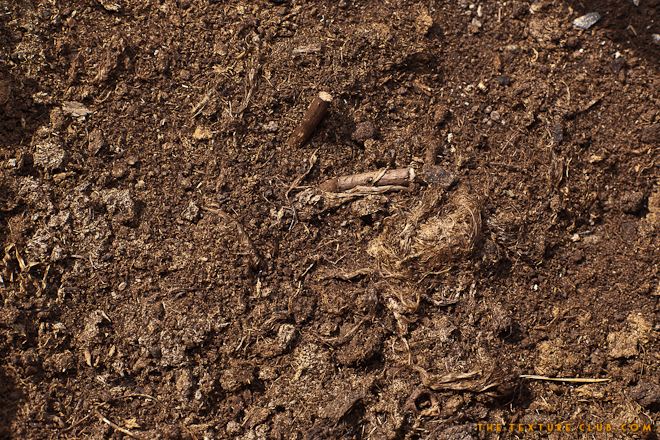Masoud Borhani, Hossein Arzani, Zahra Jaberalansar, Ehsan Zandi Esfahan, Hanieh Eghdami
Research Center for Agriculture and Natural Resources, Isfahan, Iran
Faculty of Natural Resources, University of Tehran, Karaj, Iran
Research Center for Agriculture and Natural Resources, Isfahan, Iran
Research Institute of Forests and Rangelands, Tehran, Iran
Faculty of Natural Resources, Isfahan University of Technology, Isfahan, Iran
Key words: density, cover, production, soil texture, Isfahan.
 Abstract
Abstract
In order to study the vegetation changes of Esfahan sagebrush rangelands and the role of environmental factors on these changes, four sites located in the steppe region were selected. Alavijeh and Charmshahr had a light soil texture, while the soil texture of Dorr and Baghsorkh was heavy. The quantities of density, canopy cover and plant production on these sites were measured over eight years. According to the results, the correlation between rainfall and production for Alavije, Charmshahr, Baghsorkh and Dorr was calculated to be 67, 51, 40, and 48%, respectively. On the other hand, the average production of each sagebrush in the sites was 8.1, 10.7, 3.4, and 4.8 g , respectively. This difference is due to the differences in soil texture of the study sites as well as differences of water storage and loss. Also, the higher water-holding capacity of heavy textured soils caused reduced variability in density, cover and the production of range species compared to light textured soils during the years of the project. Variation coefficients of the density were calculated to be 36.4, 40.4, 22.8, and 8.7%, for Alavije, Charmshahr, Baghsorkh and Dorr, respectively. Variation coefficients of the cover were calculated to be 37.4, 47.6, 24.6 and 12% for Alavije, Charmshahr, Baghsorkh and Dorr, respectively. Finally, variation coefficients of the production were calculated to be 26.3, 45.9, 24.3, and 17.5% for Alavije, Charmshahr, Baghsorkh and Dorr, respectively.
Get the original articles in Source: Volume 5, Number 2, August 2014 – JBES
Journal Name: Journal of Biodiversity and Environmental Sciences (JBES)
Published By: International Network for Natural Sciences
